Prepping and Checking Your Subfloor
A smooth, level, and dry subfloor
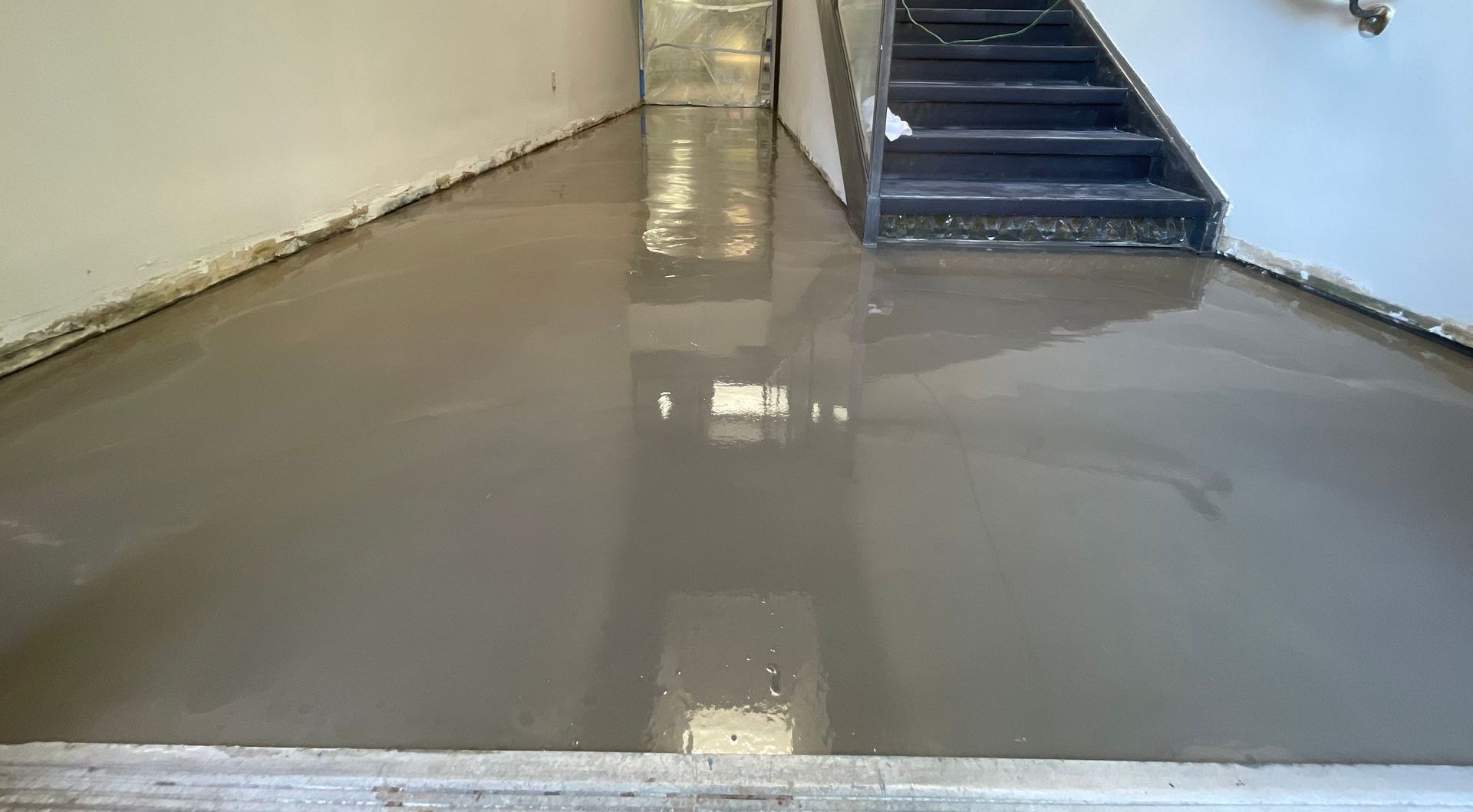
In a previous blog post, different types of subfloors were discussed and their importance, which is to provide support and structural stability to the flooring installed over it. Before a new floor can be installed, the subfloor needs to pass a couple of tests and be prepared for the new flooring.
One of the first checks is a moisture reading. On a wood subfloor, an acceptable moisture reading is typically between 6% and 9%. If the moisture reading is above 9% (and you do not live in an area with high humidity), it is an indication that there is likely an underlying issue, such as a leak somewhere or issues with the crawl space. If the subfloor feels soft or squishy, it is another indication of a past or current issue that would require it to be replaced. The range for moisture readings for concrete varies greatly and is usually specified in the installation guidelines or specification sheet on the flooring being installed. The moisture readings for a concrete subfloor varies significantly as most floors require a moisture barrier to be applied or installed prior to the new flooring to maintain its warranty. If a moisture barrier is not installed or applied over a concrete subfloor, the new flooring will be prone to cupping, warping, mold, and other issues.
The levelness of the subfloor is the next thing that will be assessed, as it needs to be completely level. If the subfloor is not completely level in all areas, then the new floor will be prone to cupping, squeaking, more easily broken locks (if it is a locking system), or lippage (specifically applies to tile when lips are formed instead of being completely flat). Some leveling issues are more noticeable than others, some can be easily noticed by walking on the subfloor and feeling it under shoes, it can be visible, or it can be found using a beam level too. There are multiple solutions to leveling issues, depending on the severity: such as grinding the concrete, installing additional screws on the wood subfloor, or applying self-leveling. Luckily, A1 can assess for any issues with leveling and fix or repair most issues.
While assessing the subfloor for moisture and levelness, concrete subfloors will be assessed for cracks and wood subfloors will be assessed for squeaking. If there are any cracks or chips in the concrete, they would need to be repaired with patch, self-leveling, or a concrete mix depending on the severity and location. If the wood subfloor is squeaky, this can be fixed by reinforcing it by adding more screws to better secure it to the wood below it.
After ripping up any previous flooring and before installing any new flooring, all of these possible issues need to be checked and resolved by professionals, such as A1 flooring.
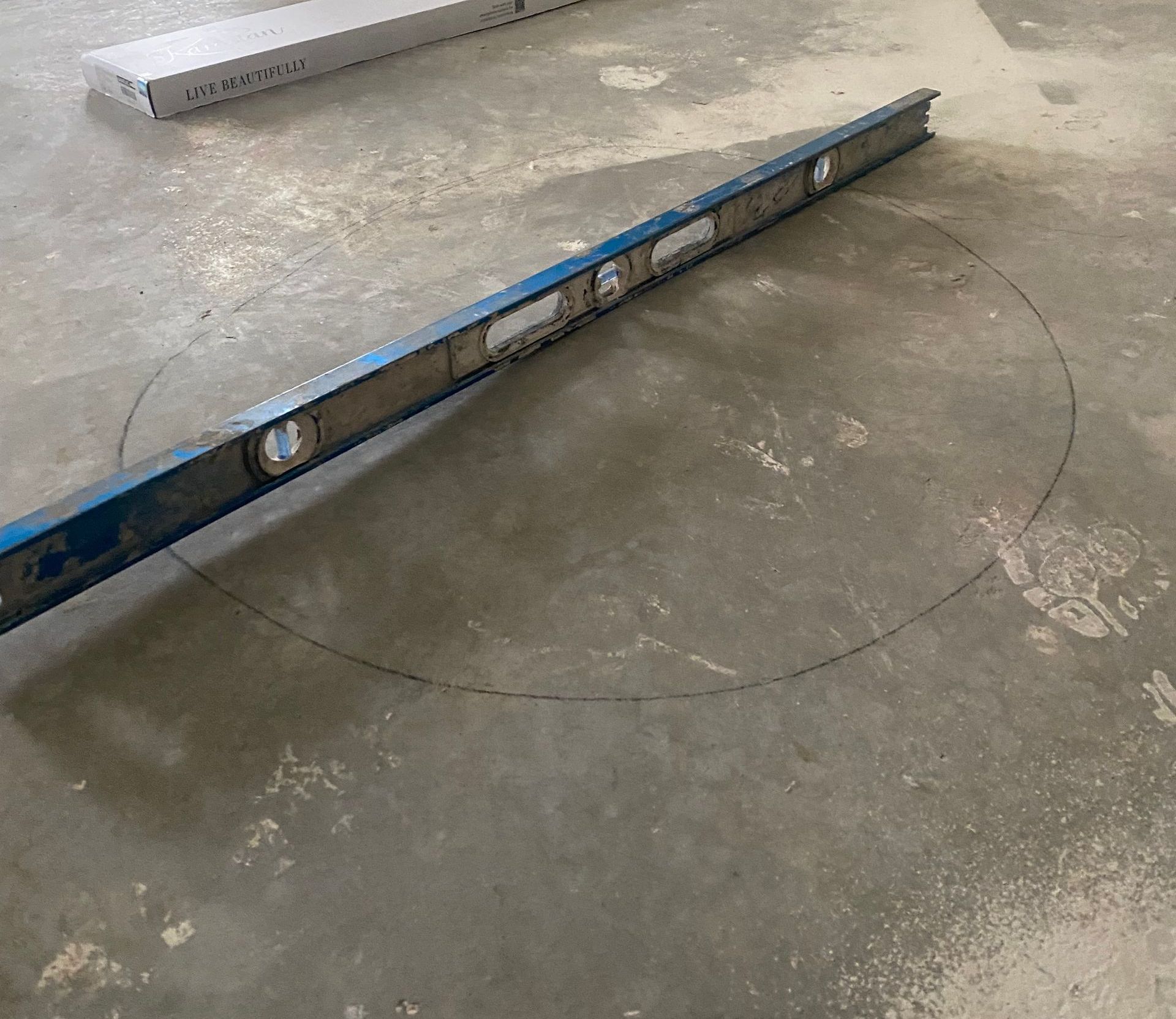


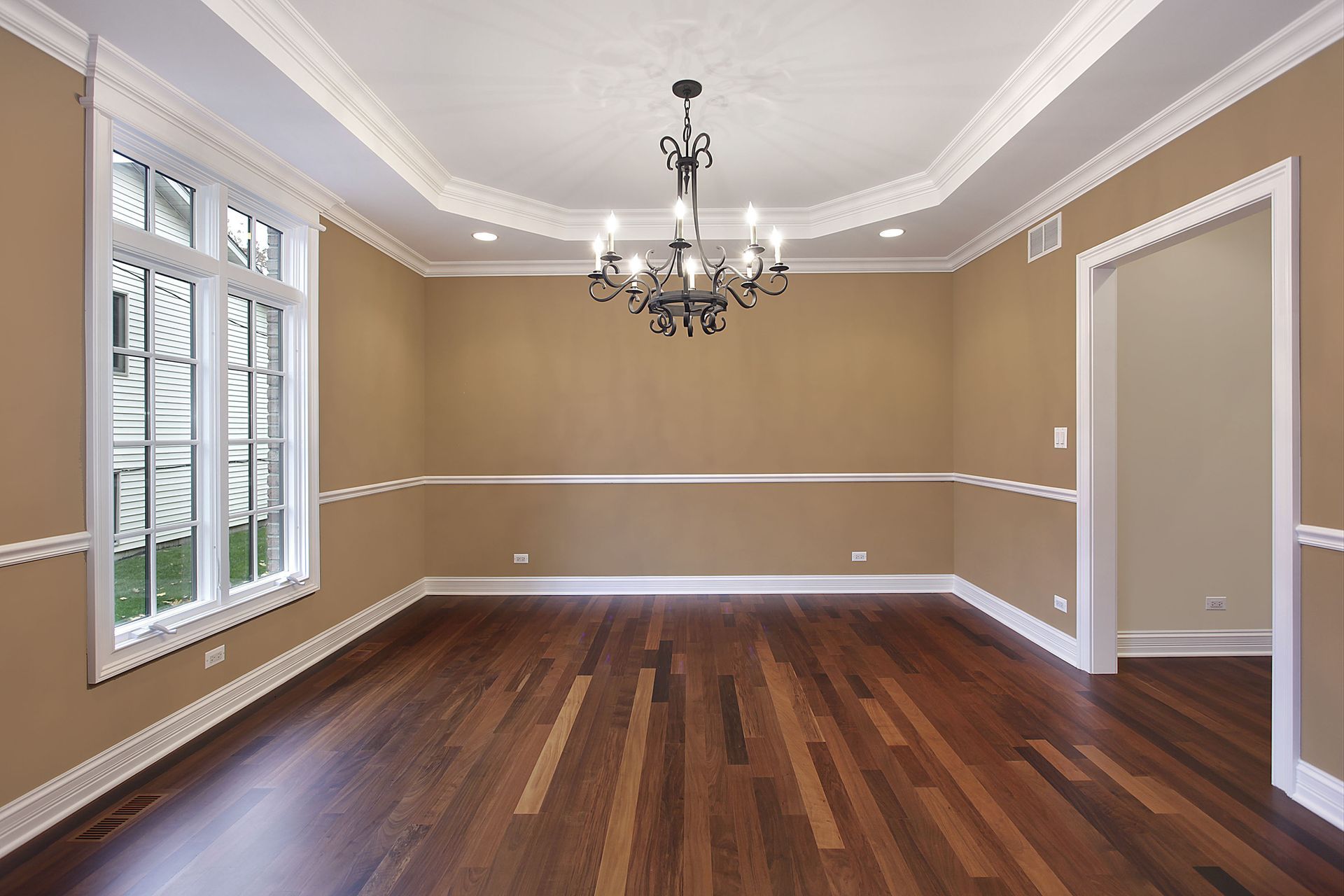
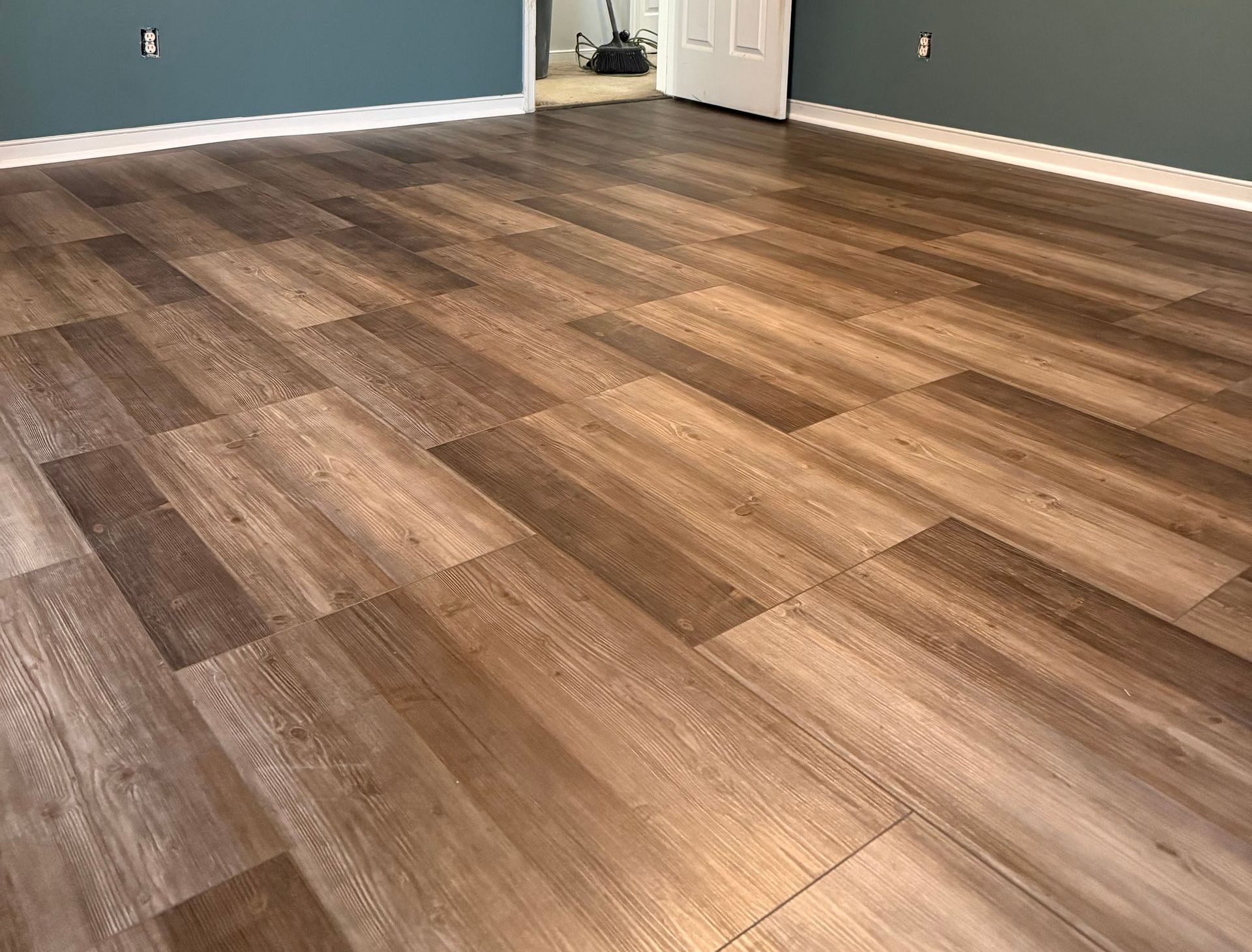
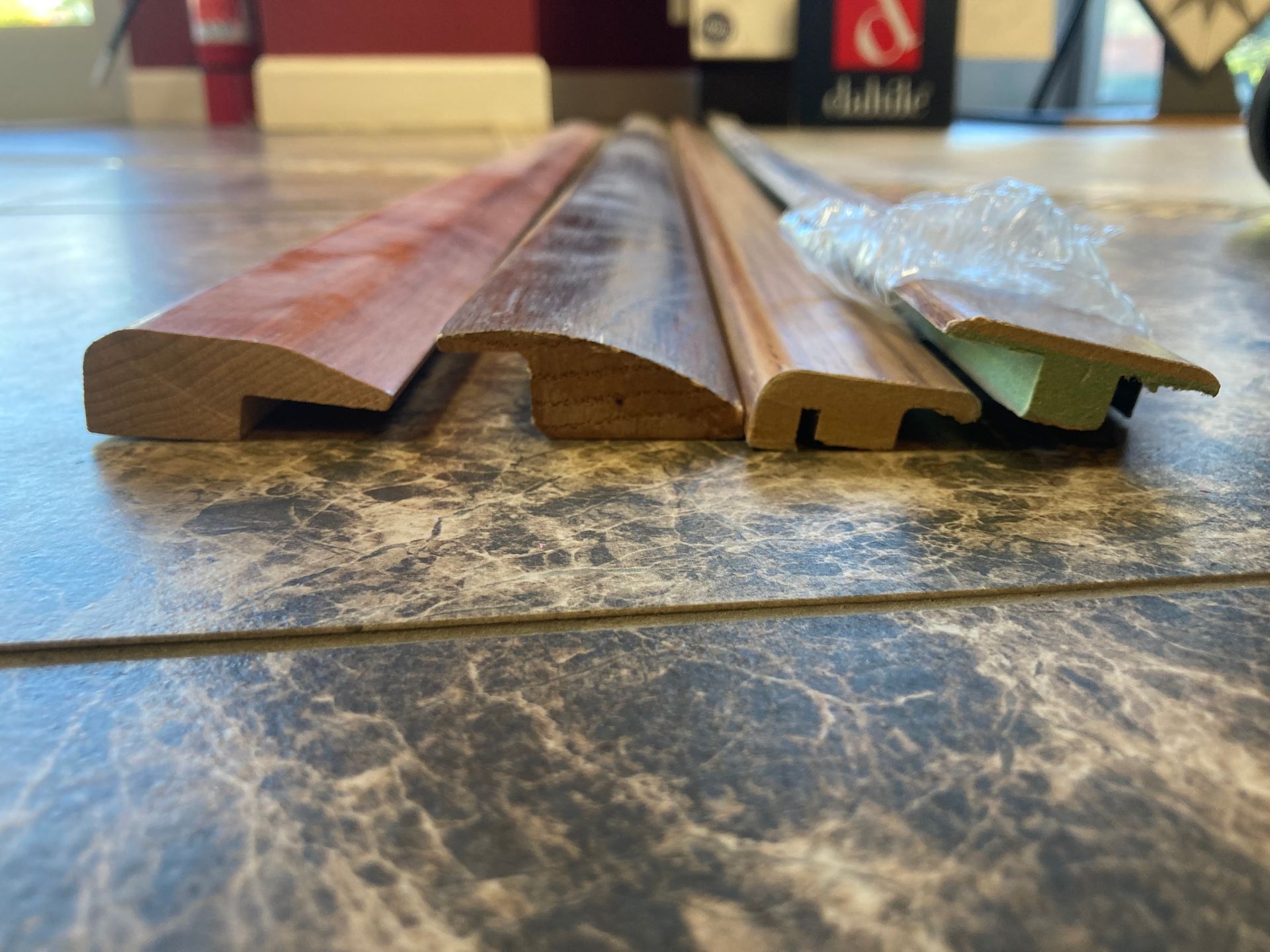
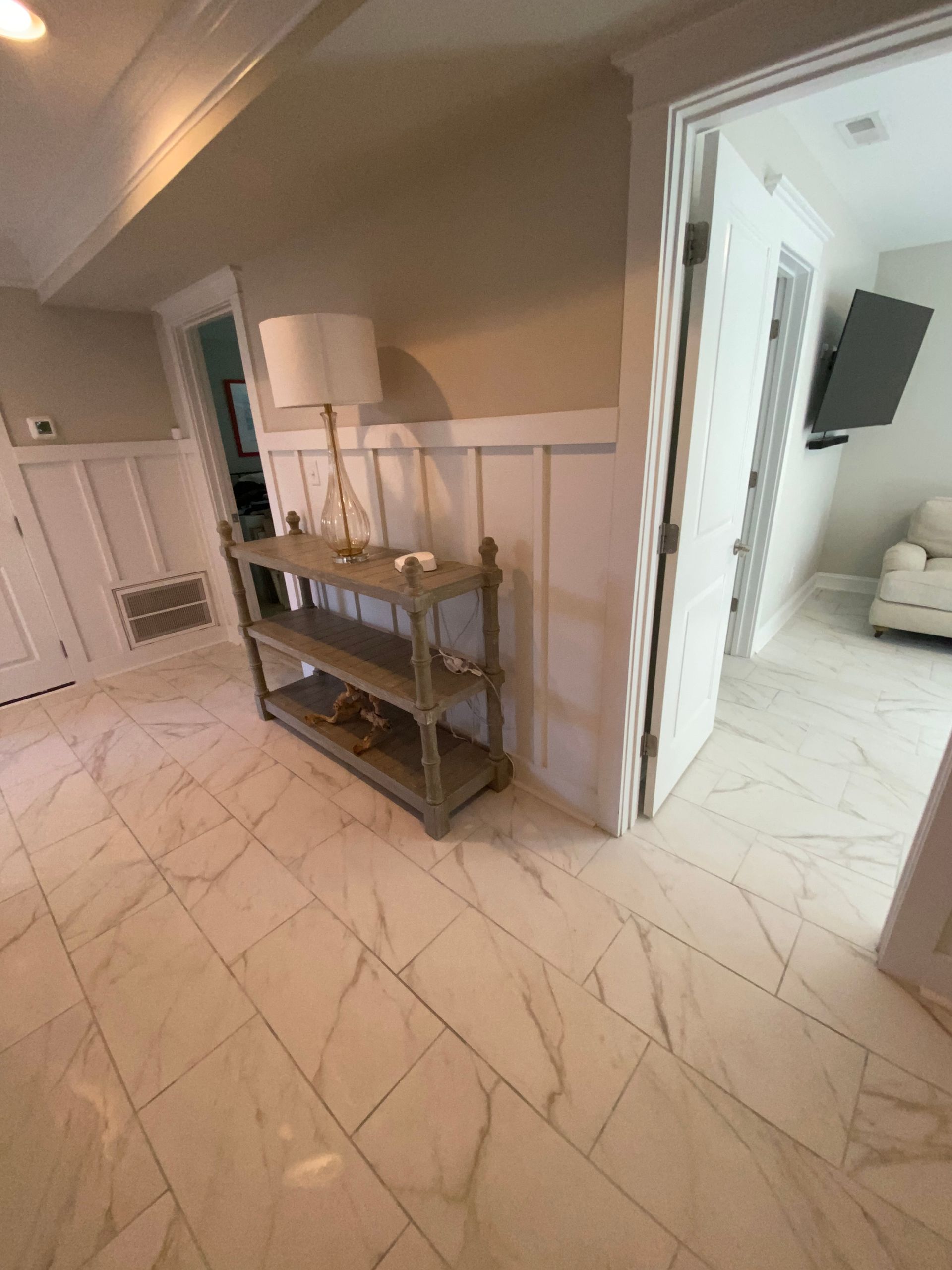
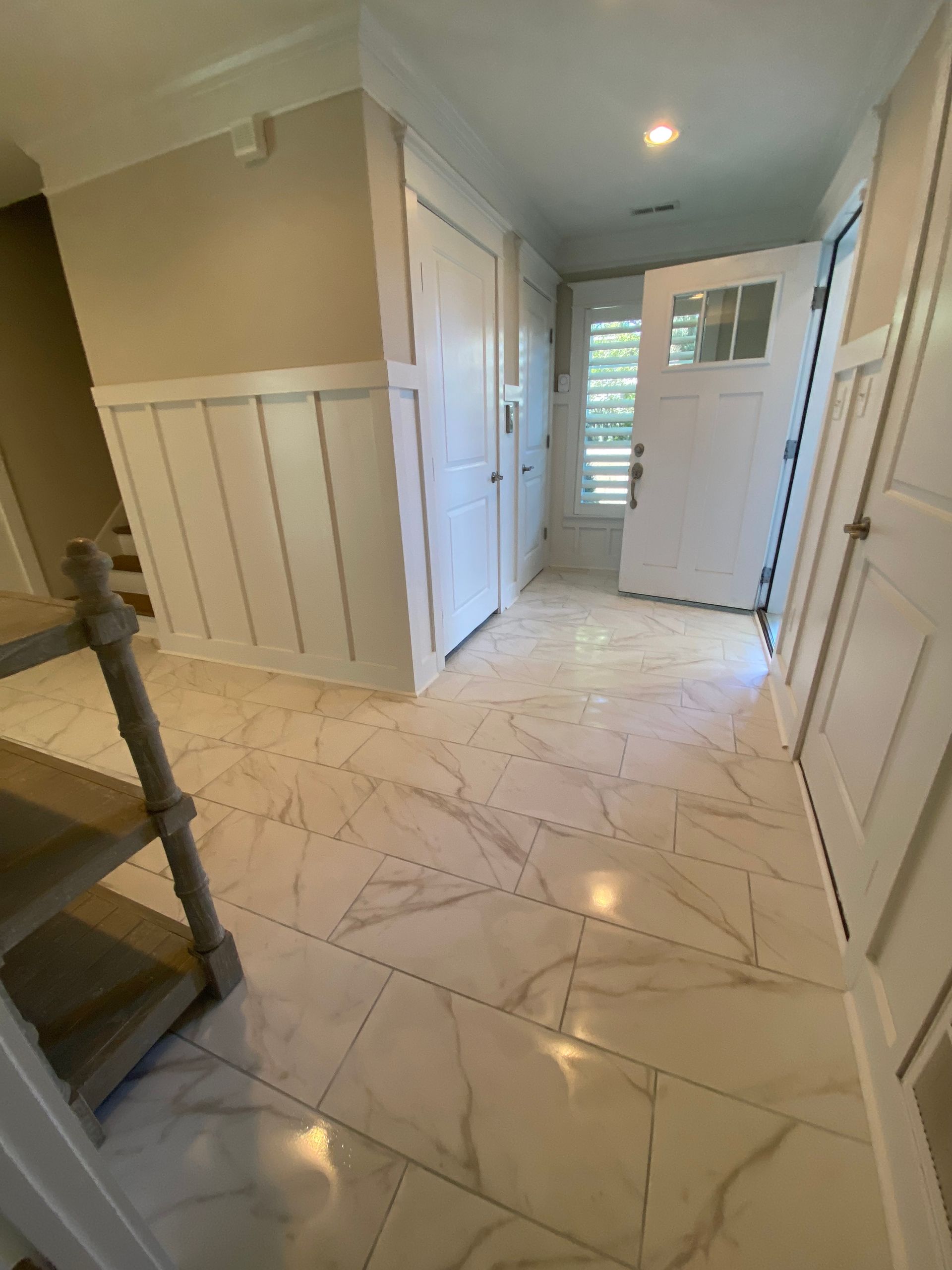
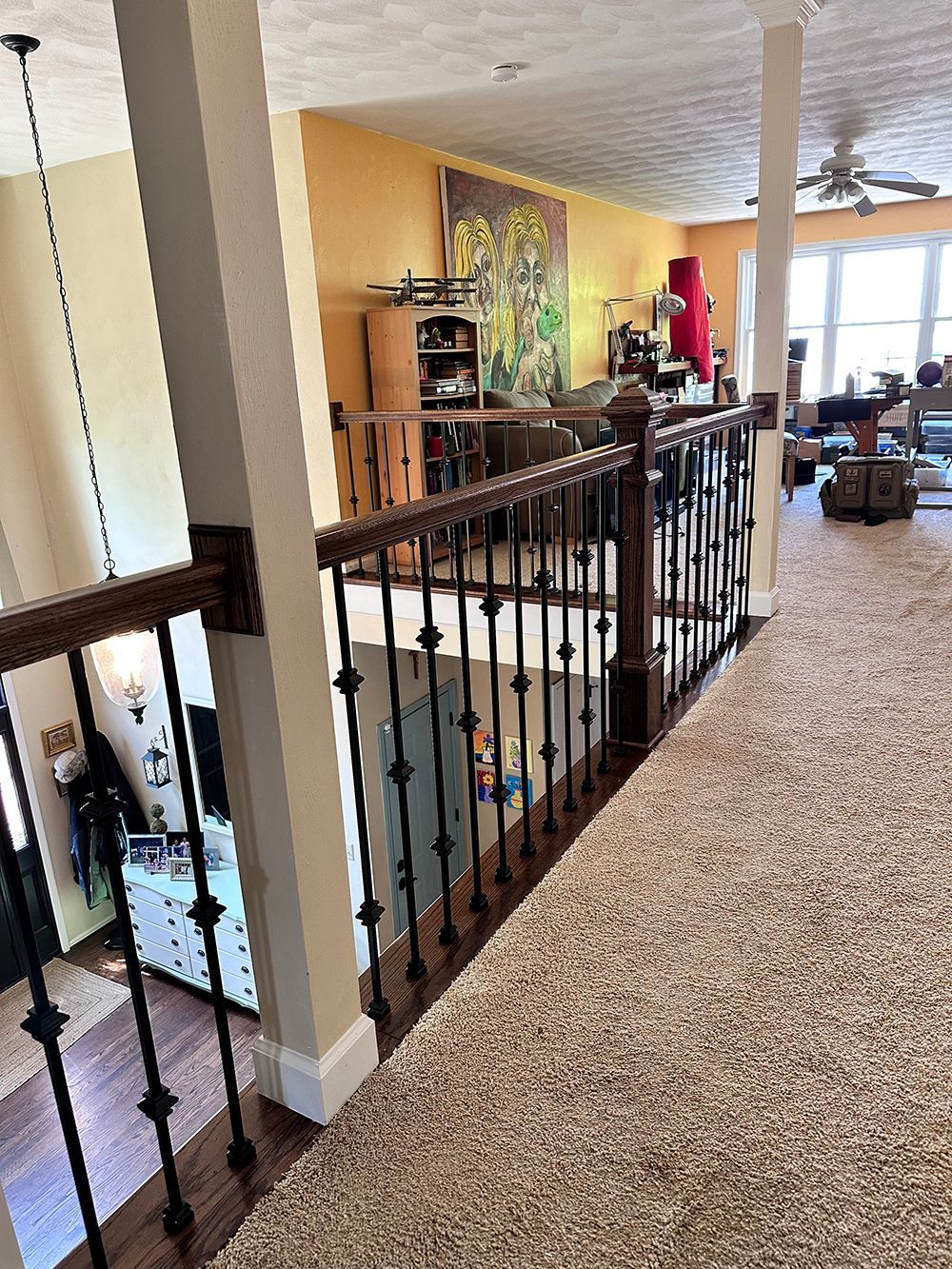
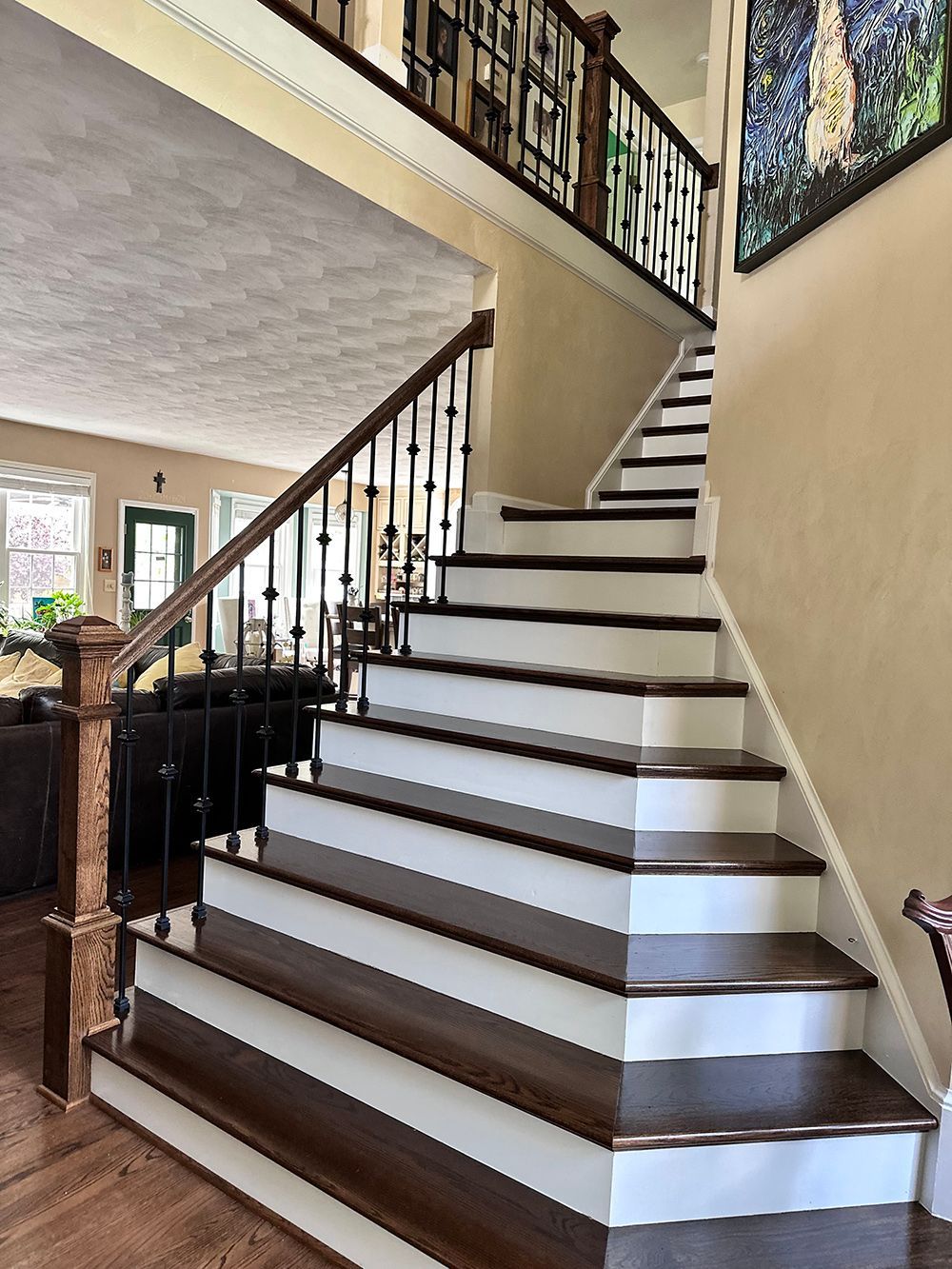
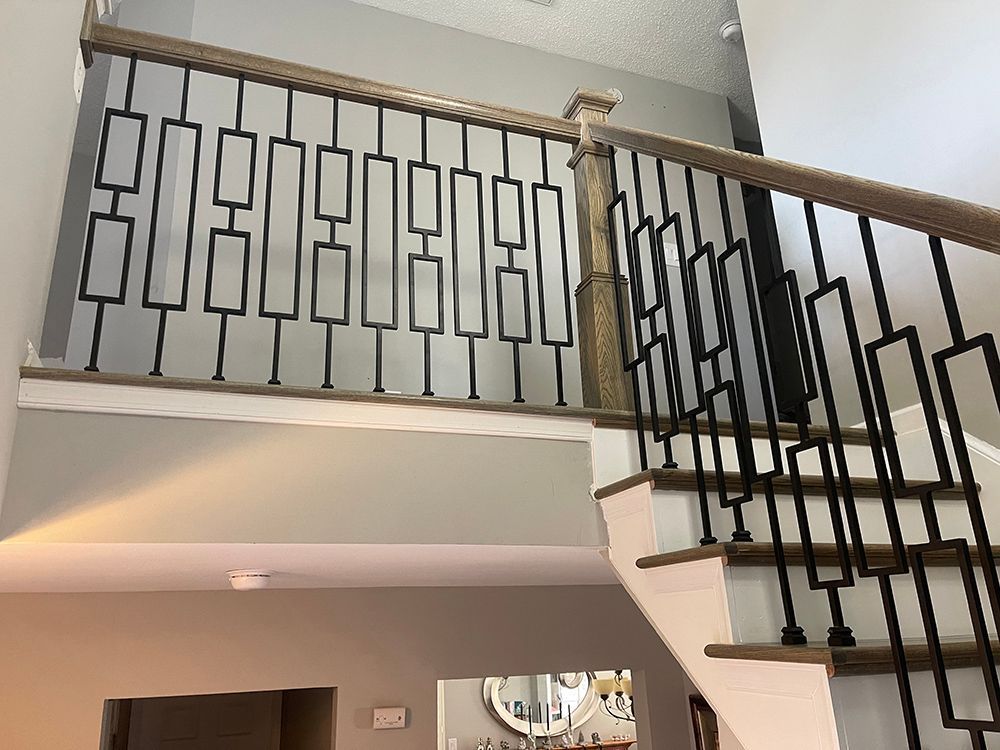
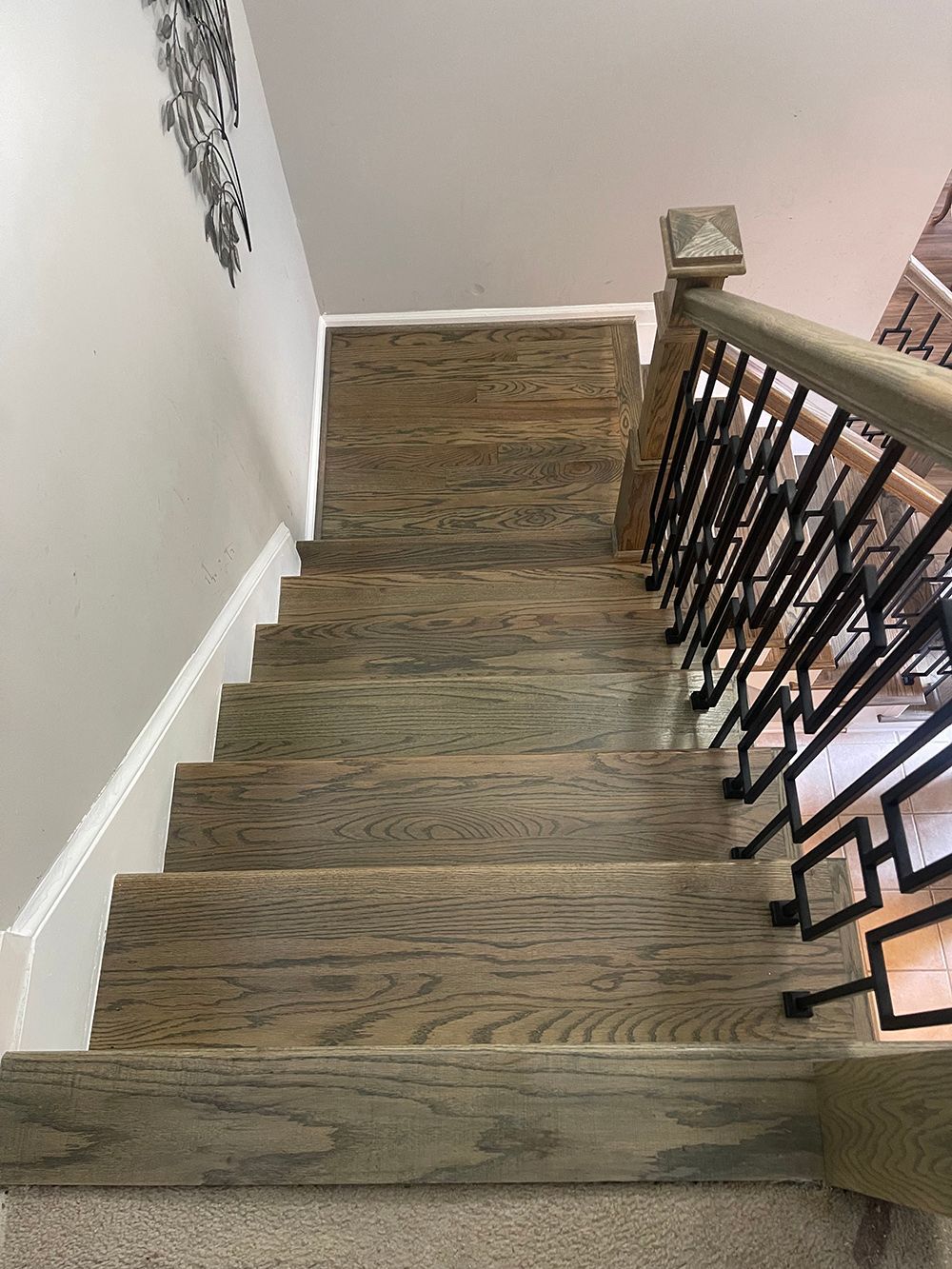
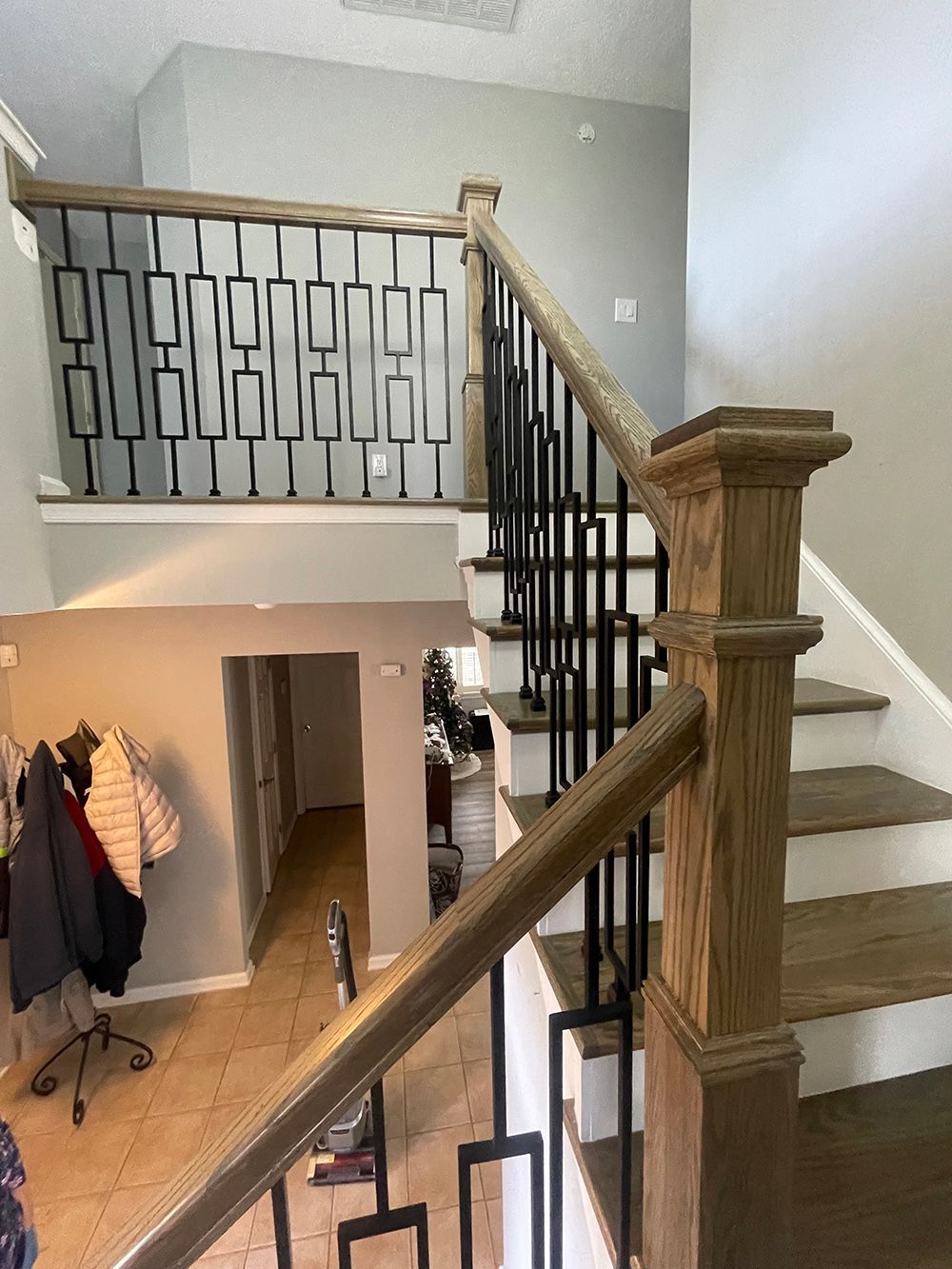
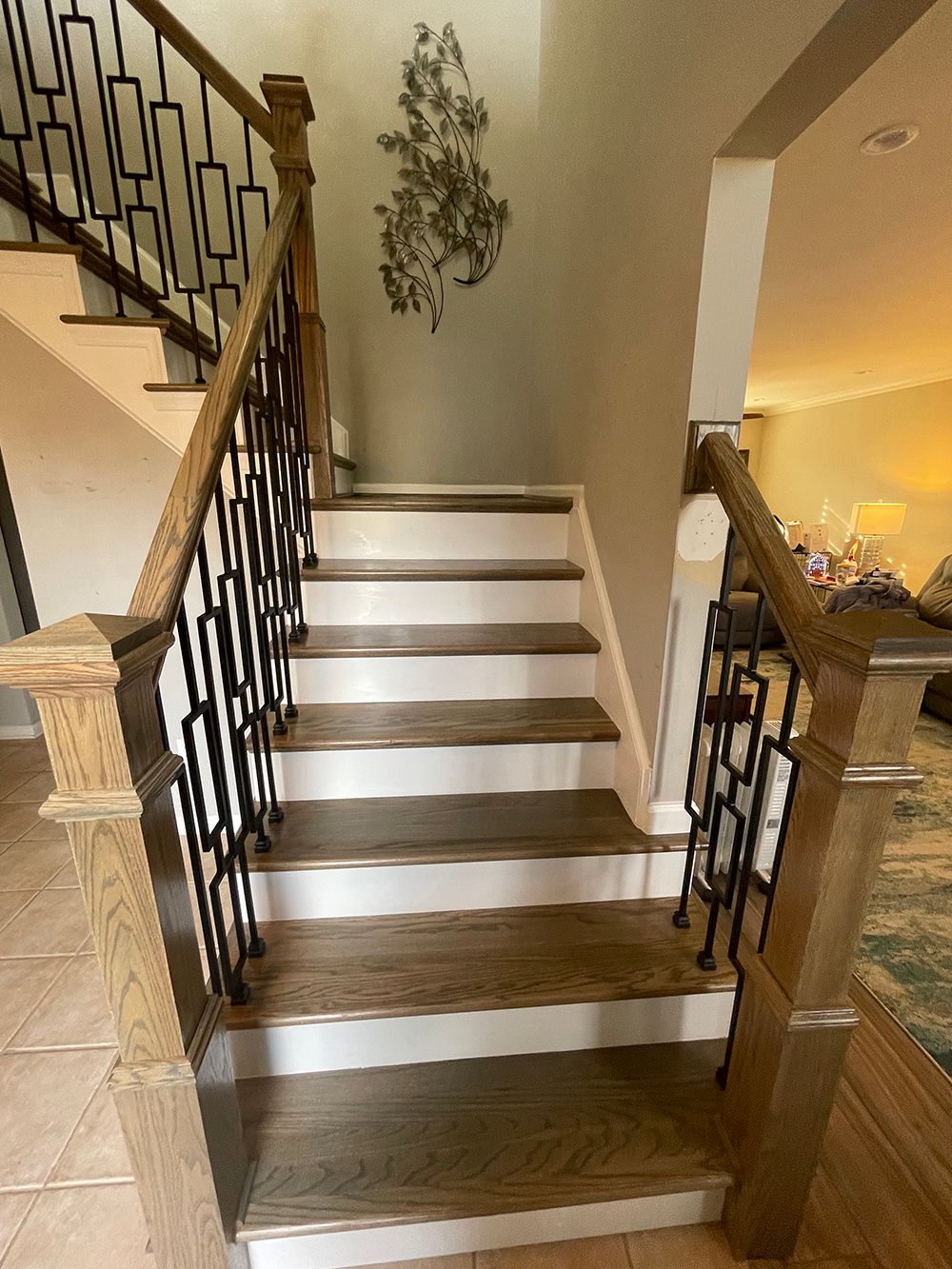
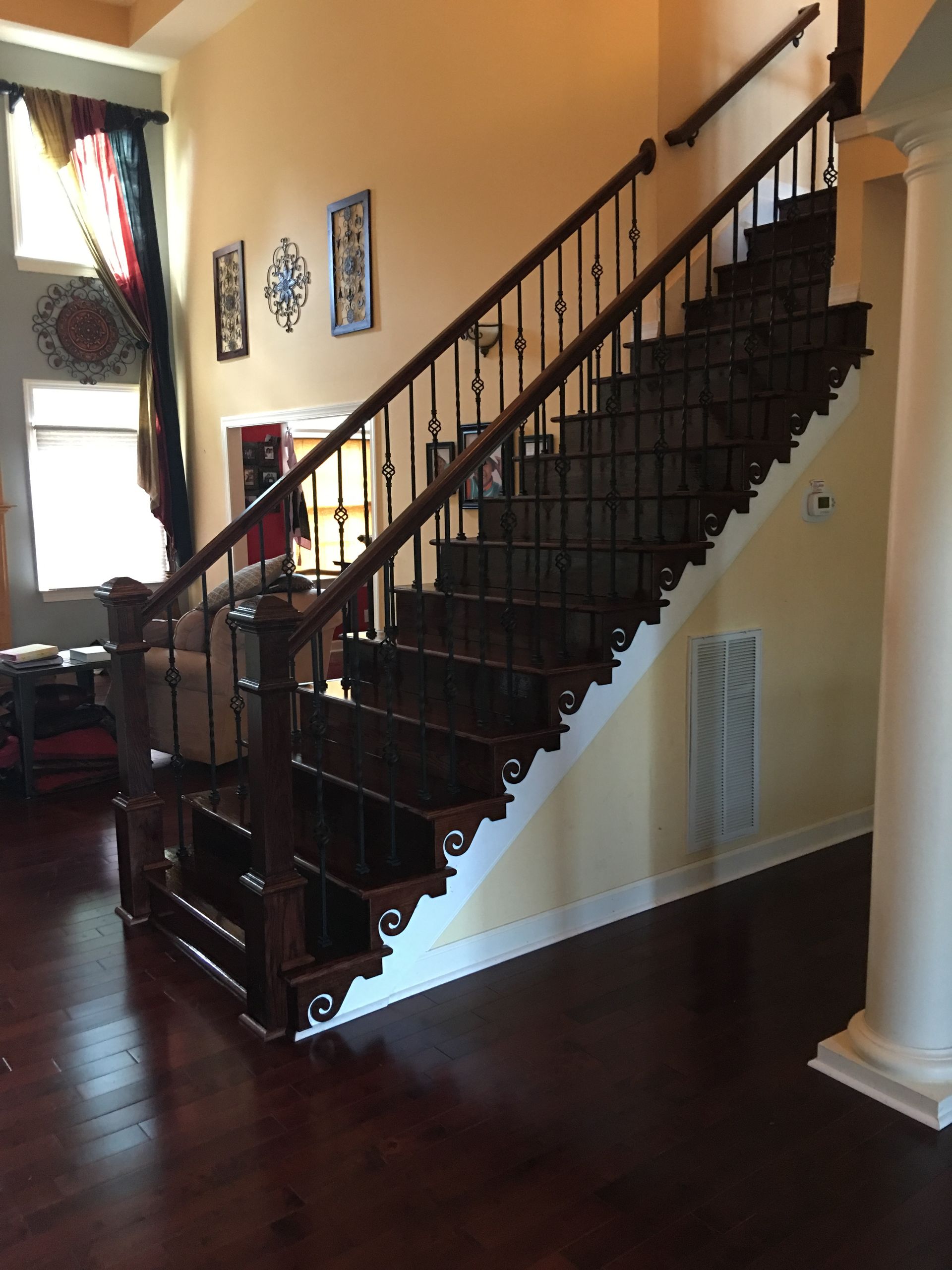

Share On: